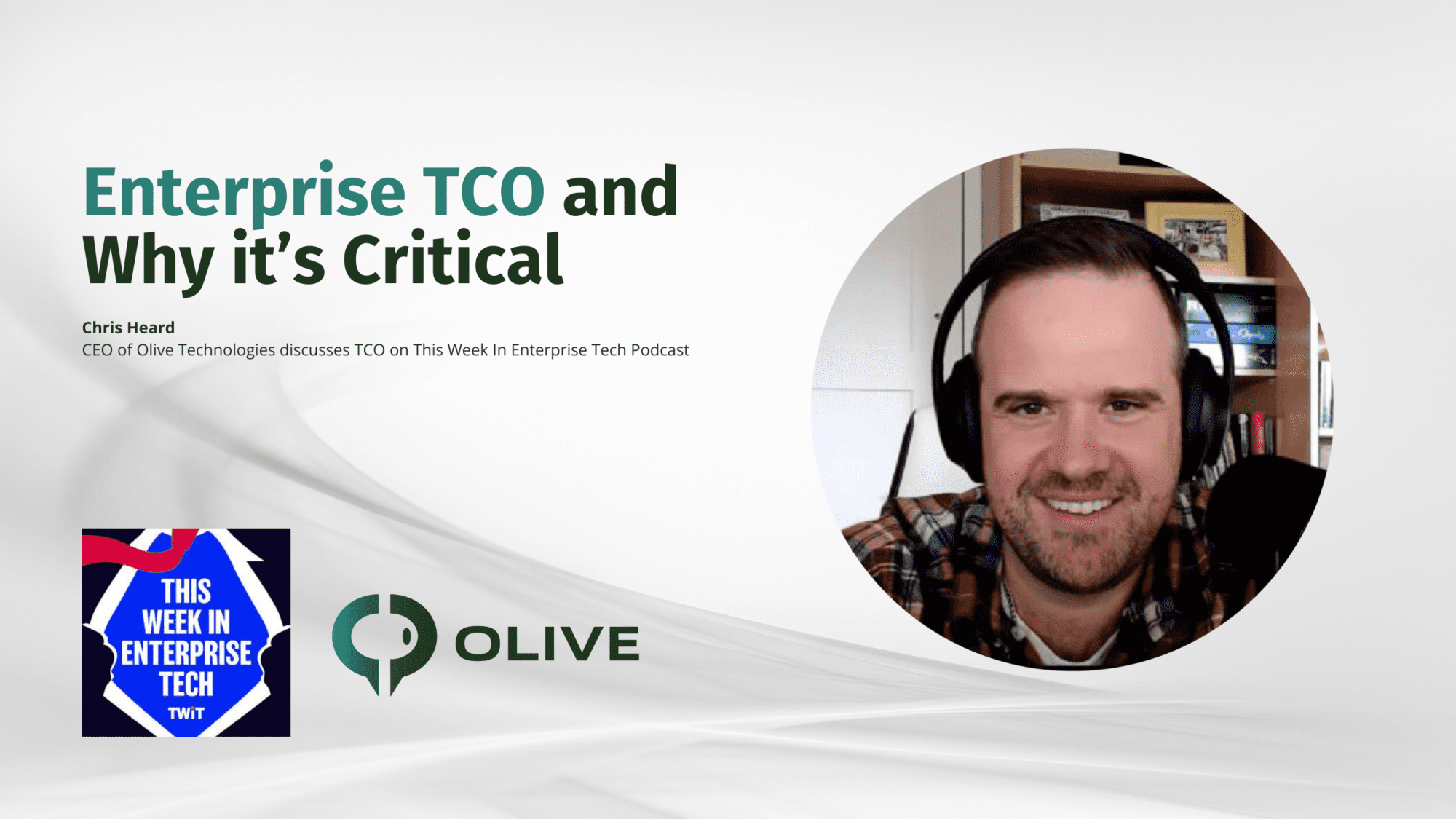Enterprise cybersecurity threats are steadily rising. Organizations need to take swift action to prevent fraudulent activity. Although cybersecurity threats are becoming more widespread, cyber architecture is equally becoming more advanced. From IT Security Architecture to choosing cybersecurity vendors, we cover it all in our comprehensive guide; How to Avoid Enterprise Cybersecurity Threats.
What is Enterprise Cybersecurity?
Enterprise cybersecurity includes everything that protects a company’s data, resources, and users/customers from cyberattacks. It includes protecting on-premise data, cloud-based data, and the many endpoints through which cyberattacks can come. Enterprise cybersecurity also analyzes data routes between devices, networks, and people and makes each element as secure as possible. In 2022, the global average cost of a data breach was the highest it had ever been at a staggering $4.24 million per breach, up from $4 million in 2016. With this number in mind, it’s more important than ever for companies to find the best enterprise cybersecurity solution.
Enterprise Cybersecurity Threats to Avoid in 2023
Avoiding cybersecurity threats is not only important, but it’s also essential. Let’s take a look at the implications of cybercrime incidents below:
- Cybercrime costs the global economy about 1 trillion — 50% more than predicted in 2018. Also, it is more than 1% of the global GDP.
- Experts predict that the global costs of cybercrime will reach $10.5 trillion by 2025, up 15% from $3 trillion in 2015.
- The average data breach cost in 2020 was a whopping $3.86 million. In 2021 it was $4.24 million.

Source via: Parachute, 2022 Cyber Attack Statistics, Data, and Trends
Proactive protection is the key to avoiding a cybersecurity attack. Let’s examine the top cybersecurity threats for organizations to avoid right now:
Social Engineering: Social engineering is one of the most dangerous hacking techniques cybercriminals use. Instead of prying on technical vulnerabilities, it relies on human error – which is far easier to trick than breaching a security system. According to Verizon’s Data Breach Investigations report, 85% of all data breaches involve human interaction.
Third-Party Exposure: Cybercriminals can beat security systems by hacking less-protected networks belonging to third parties with privileged access to the hacker’s primary target. In 2023, third-party breaches will become an even more serious threat as companies increasingly hire independent contractors to complete work once handled by full-time employees. The cybersecurity firm CyberArk reports that 96% of organizations grant external parties access to critical systems, providing a potentially unprotected access route to their data to be exploited.
Configuration Mistakes: Even the most robust security systems may contain at least one error in how the software is installed and set up. In 268 trials conducted by cybersecurity software company Rapid7, 80% of external penetration tests encountered an exploitable misconfiguration. In tests where the attacker had internal system access (i.e., trials mimicking access via a third party or infiltration of a physical office), the amount of exploitable configuration errors rose to 96%.
How to Avoid Enterprise Cybersecurity Threats
1. Ensure you have solid IT Security Architecture in place.
Security architecture is a set of security principles, methods, and models designed to align with your objectives and help keep your organization safe from cyber threats, reduce your risk of cyber breaches and protect your assets from digital harm. Examples of common IT security architecture frameworks include:
TOGAF: The Open Group Architecture Framework, or TOGAF, helps determine what problems a business wants to solve with security architecture. It focuses on the preliminary phases of security architecture, an organization’s scope and goal, and the problems a business wants to solve with this process. However, it does not give specific guidance on how to address security issues.
SABSA: Sherwood Applied Business Security Architecture, or SABSA, is a policy-driven framework that helps define key questions that must be answered by security architecture: who, what, when, and why. It aims to ensure that security services are integral to the enterprise’s IT management. However, while often described as a ‘security architecture method,’ it does not go into specifics regarding technical implementation.
OSA: Open Security Architecture, or OSA, is a framework related to functionality and technical security controls. It offers a comprehensive overview of key security issues, principles, components, and concepts underlying architectural decisions involved when designing effective security architectures. However, it can only be used once the security architecture is designed.
2. Choose the RIGHT enterprise security software for your organization’s needs
There is no one-size-fits-all when finding the best-fit solution for enterprise cybersecurity. However, some factors to consider are the size and complexity of the enterprise, its industry, the types of data it handles, and its cybersecurity risk profile. Although all companies need cybersecurity, some industries are more vulnerable to cyberattacks than others. For example, a complex enterprise with many data types requires a more comprehensive and sophisticated cybersecurity solution than a simpler enterprise. Similarly, an enterprise in a highly regulated industry also needs a more comprehensive solution. Take the time to understand your organization’s unique security software needs before jumping into the first recommendation you come across online.
How to Choose the Best Cybersecurity Solutions for Your Enterprise
3. Constantly re-evaluate your enterprise security tools to ensure they are up to date and will protect your enterprise from cybersecurity threats
Outdated tools can leave your organization vulnerable to cyberattacks. When you keep your tools up-to-date, you can help protect your organization from future attacks. Cyber security tools often have several objectives, which can help your organization to:
- Analyze infrastructure data to detect anomalies and even understand vulnerabilities from the hacker’s point of view,
- Better automate cybersecurity workflows,
- Build secure web-based services, and
- Monitor network operations and user activities.
To find the right cyber security tools for the job of keeping your company, customers, and employees safe, ensure that it has the following five key capabilities:
- Scalability: An effective tool should protect multiple endpoints and devices spread across a wide perimeter, such as volume and diversity.
- Integration: To enable a holistic cybersecurity workflow without disruption, security tools should integrate with upstream and downstream systems.
- Well-supported: Cybersecurity is a fast-evolving discipline where support is a critical parameter. Including a premium support option when implementing a product is always advisable.
- Purpose-built: Tools with a unique design to address different scenarios effectively.
- Compatible: The tool must be compatible with different device variants, operating systems, and cloud vendors.
Does your cybersecurity include the above functionalities? It may be time to reevaluate your enterprise security tools.
Avoid Cybersecurity Threats with a Solid Enterprise Cybersecurity Plan
Although you may know what to do to avoid enterprise threats, finding a cybersecurity vendor is another arduous task. If you have had enough of constantly comparing cybersecurity solutions/vendors and endlessly searching reviews and products, Olive can help out.
Check Out Project and Requirements Templates
Olive’s requirements management software helps you select requirements from pre-built templates or build your own. No matter the complexity of the security software you are looking for, Olive has requirements templates to kick off your project and the requirements-gathering process.
Invite Security Software Vendors to Respond to Requirements
Olive does not charge vendors. We facilitate vendor-neutral decisions based on what you need, not what vendors are selling or subjective reviews. Olive allows you to invite vendors to respond to requirements without revealing the identity of your client or business.
Compare Vendors to Criteria in Olive
Gartner, G2 Crowd, and Capterra can give you a good overview of the top-rated vendors on the market, but shortcutting the process and only reviewing a few solutions in the space is fraught with risk and bias. Choosing the wrong solution will cost you in the long run. Olive helps you find the right solution for your client or organization’s needs.
Find Your Organization’s Best-fit Security Software
Choosing the best-fit security software may seem daunting, but it doesn’t have to be. Olive helps you find the best-fit security software to fit your business needs.





